10 Delicious Oil Alternatives That Make Baking Better
Oils play a vital role in baking, contributing moisture, texture, and flavor to your creations.
When a specific oil isn’t available, alternatives like vegetable oil, canola oil, coconut oil, or even applesauce can serve as excellent substitutes.
Each brings unique characteristics - some add moisture without flavor, others contribute subtle notes or alter texture slightly.
Choosing the right oil substitute depends on the type of baked good and dietary preferences.
These ten best oil substitutes provide versatile options to maintain delicious results in cakes, muffins, and more.
Mastering oil replacements keeps your baking on point regardless of pantry limitations.
Explore creative oil swaps that ensure success in every recipe.
Picking Suitable Oil Substitutes for Baking
Baking oil helps create tender, moist treats. If you’re out, you can still achieve great texture and taste. The right choice depends on the recipe and the flavor you want.
Butter
Butter makes everything more delicious, bringing rich flavor to your bakes despite not being the healthiest choice.
This creamy addition enhances taste wonderfully but might make your treats denser as butter solidifies at room temperature, unlike oil which stays liquid and keeps cakes fluffy when cooled.
Many classic pound cakes have that characteristic heaviness because butter gives them that signature dense texture while packing in amazing flavor.
Substituting butter for oil is straightforward with a simple one-to-one ratio, so half a cup of oil equals half a cup of melted butter.
Just remember to melt the butter completely before adding it to your recipe when replacing oil, otherwise the batter consistency won't work properly.
Unsweetened Applesauce
Applesauce is a fantastic substitute for oil in baking, adding incredible moisture while dramatically cutting calories- just 51 calories per half-cup compared to oil's staggering 964 calories.
The high moisture content creates deliciously chewy results in muffins, cakes, and breads, though it may not work well for cookies where crunchiness is desired.
Unsweetened applesauce is crucial for this substitution since the sweetened version contains approximately 15 more grams of sugar per serving, which would require adjusting your recipe's sugar content.
The substitution ratio couldn't be simpler- just use the same amount of applesauce as you would oil (1/2 cup applesauce replaces 1/2 cup oil).
Whether store-bought or homemade, this easy swap makes your baked goods healthier without sacrificing taste or texture.
Ghee
Substituting ghee for butter gives you that nutty flavor without extra fat and calories.
In baking, ghee adds richness and moisture while bringing a distinctive taste to your creations.
Most recipes will brown more quickly with ghee since it lacks the milk solids and water found in regular butter, so keep an eye on that oven timer.
For crispy treats like chocolate chip cookies, ghee works exceptionally well, creating perfect texture and depth of flavor.
The proper ratio matters when making this switch- use 1 cup of ghee for every 3/4 cup of oil in recipes to maintain the right consistency.
Yogurt
Yogurt is an excellent substitute in baking, adding moisture while keeping calories down and creating fluffier results due to its reaction with baking soda.
For those who love experimenting with flavors, this versatile ingredient can enhance your recipe's taste profile- banana-flavored yogurt in banana bread, for instance, intensifies the fruity notes perfectly.
The added protein in yogurt makes baked goods more satisfying, with low-fat options offering all the health benefits without extra calories.
Regular yogurt can replace oil in a simple one-to-one ratio in most recipes, making substitution straightforward and accessible for home bakers.
Greek yogurt, because of its thicker consistency and higher protein content, requires a slightly different approach- use ¾ cup for every cup of oil called for in your recipe.
Pureed Fruits and Veggies
Substitution magic happens when you puree fruits, offering a cost-effective way to enhance your desserts with frozen options that last up to eight months in the freezer.
This simple technique adds moisture while sneaking nutrition into your treats, bringing incredible flavor along with the added moisture benefit.
Frozen berries can transform muffin batter into wonderfully fruity creations, similar to how pumpkin puree enhances your favorite bread recipes.
Making puree requires just cooking fruits or vegetables on the stove for about ten minutes with frequent stirring, then blending until smooth and allowing it to cool before using in a one-to-one ratio.
For sweeter fruits like cherries, remember to reduce the added sugar in your recipe to maintain the perfect balance of flavors.
Cornstarch
Cornstarch slurry is an impressive oil substitute in baking without adding excess calories or fat to your recipes.
This thick water mixture keeps baked goods moist and fluffy while maintaining their delicious texture, making it perfect for health-conscious bakers.
Creating this slurry is simple- just mix 3 teaspoons of cornstarch with 2 cups of water, bring to a boil while stirring until it reaches an oil-like consistency, and then use it in equal parts to replace oil.
For best results, reserve this technique for recipes that don't call for large amounts of oil.
Mayonnaise
Mayonnaise stands out as the secret ingredient in impossibly moist cakes, keeping them fluffy while the extra egg locks in moisture.
The touch of vinegar enhances flavor, making chocolate cakes especially scrumptious when you swap oil for mayo in your boxed cake mix.
This substitution offers slightly more nutrition than oil and boosts the overall flavor profile in your baking adventures.
Regular mayonnaise works best since light mayo has higher water content and fewer eggs, which can leave your cake dry instead of deliciously moist.
For best results, simply replace oil with mayo in equal measurements – one cup of oil becomes one cup of mayo in any recipe.
Flaxseed Meal
Flaxseed meal stands out as a nutritious substitute in desserts, adding both fiber and omega-3s while helping regulate blood sugar levels.
This clever swap requires some attention since it tends to make batters drier and browns faster than oil, so keeping an eye on your baking is essential.
The replacement ratio is unique - for each tablespoon of oil in your recipe, you'll need three tablespoons of flaxseed meal instead.
Bakers should know this substitution works best only in recipes calling for 1/4 cup of oil or less.
Margarine
Margarine is an excellent butter substitute that contains no milk and primarily consists of vegetable oil with minor taste and texture differences.
Selecting the right type matters because spreadable varieties have higher water content than sticks, potentially drying out baked goods.
Most margarine brands qualify as vegan-friendly, making them perfect for plant-based desserts, though always check labels to confirm ingredients.
For best results in recipes, margarine can replace oil in equal measurements but must be melted first to maintain proper batter consistency.
The right margarine choice ensures your baked treats turn out delicious while accommodating dietary preferences without sacrificing flavor.
Silken Tofu
Silken tofu stands out as the perfect substitute for oil in dense, chewy desserts like chocolate chip cookies or brownies, infusing them with protein and making them surprisingly nutritious.
Many bakers don't realize that this plant-based alternative creates a slightly thicker batter than traditional oil, which actually enhances the texture of these treats.
For best results, this substitution works wonderfully in hearty baked goods such as brownies, muffins, and cookies where moisture retention matters most.
No pressing is necessary – simply place a block of tofu in a blender, pulse until creamy, measure, and add directly to your batter.
The conversion ratio differs from what most people expect; when a recipe calls for 1/2 cup oil, just 1/3 cup of blended silken tofu delivers the same delicious results with fewer calories and more nutrition.
Are All Oil Substitutes Suitable for High-Temperature Baking?
Not all oil substitutes perform well at high baking temperatures. The suitability depends on their smoke point and how they affect texture and flavor:
- High Smoke Point Oils (Good for High-Temperature Baking):
Oils like canola, vegetable, avocado, and refined coconut oil withstand higher heat without breaking down, making them excellent for baking at high temperatures.
Unrefined oils such as extra virgin olive oil, flaxseed oil, or walnut oil have lower smoke points and delicate flavors that can degrade or become bitter when exposed to high heat.
Butter has a moderate smoke point and adds flavor, but can burn if the temperature is too high. Shortening handles heat well and creates tender baked goods, but lacks butter’s flavor.
Ingredients like applesauce or yogurt are moisture-rich but not fats, so they don’t replicate oil’s behavior at high heat and can affect texture.
Choosing the right substitute depends on your recipe’s baking temperature and desired outcome.
Mistakes to Avoid When Replacing Oil
Switching out oil in a recipe can work well, but small mistakes can affect taste, texture, or cooking results. A few simple tips can help you get it right:
All FAQs About Oil Alternatives
1. What’s a healthy substitute for oil in cooking?
For sautéing, use low-sodium vegetable broth or water. For stir-frying, try a splash of soy sauce or vinegar for flavor without added fat.
2. Can I use coconut oil as a substitute?
Yes. Coconut oil adds a mild, sweet flavor and works well in baked goods. Keep in mind it solidifies at cooler temperatures.
3. Is olive oil interchangeable with vegetable oil?
Yes, but olive oil has a distinct flavor. It works best in savory dishes, salad dressings, and Mediterranean-style recipes.
4. What’s a dairy-free alternative to butter or oil?
Nut butters, avocado puree, and coconut yogurt can add creaminess and moisture without dairy. Adjust amounts for flavor intensity.
5. Can I replace oil with milk or cream?
In baking, replacing all oil with milk or cream can affect texture. Use it to replace part of the oil and increase richness.
6. What’s the best oil alternative for frying?
For shallow frying, ghee or clarified butter can be used. For a no-oil approach, consider air frying or oven-baking for a crispy finish.
7. Will using an oil substitute change the texture?
Yes, depending on the substitute. Fruit purees make baked goods softer, while nut butters make them denser and richer.
8. Can I mix oil alternatives?
Absolutely. Combining options like applesauce and a small amount of butter can give you both moisture and flavor balance.

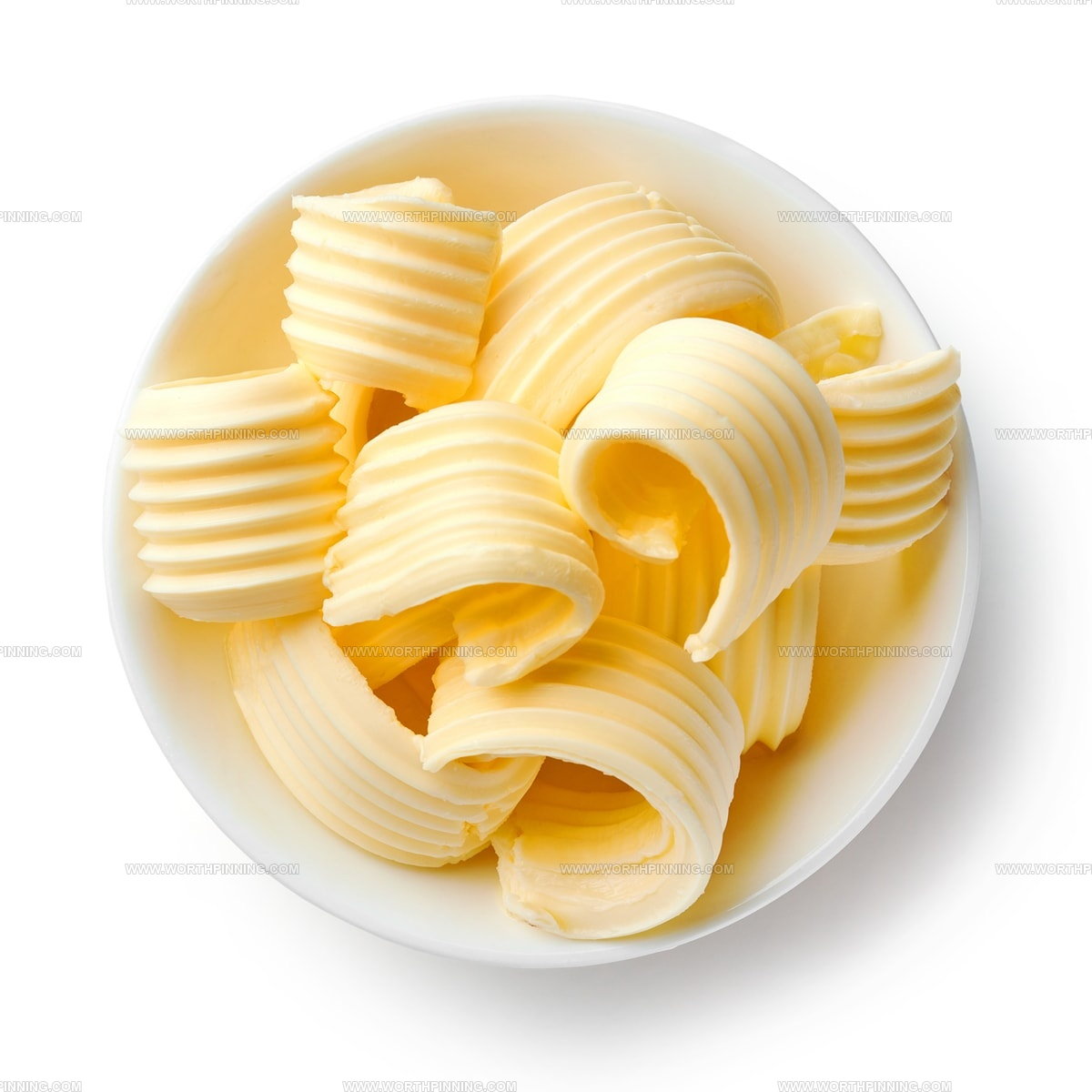

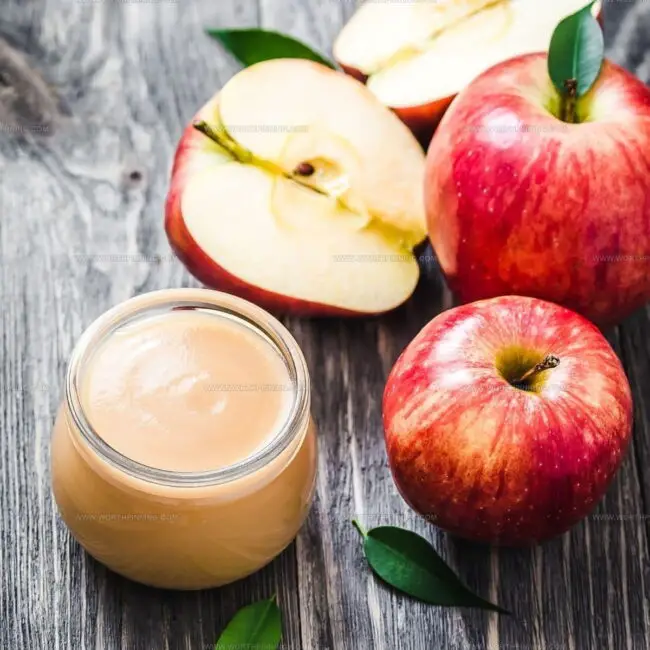
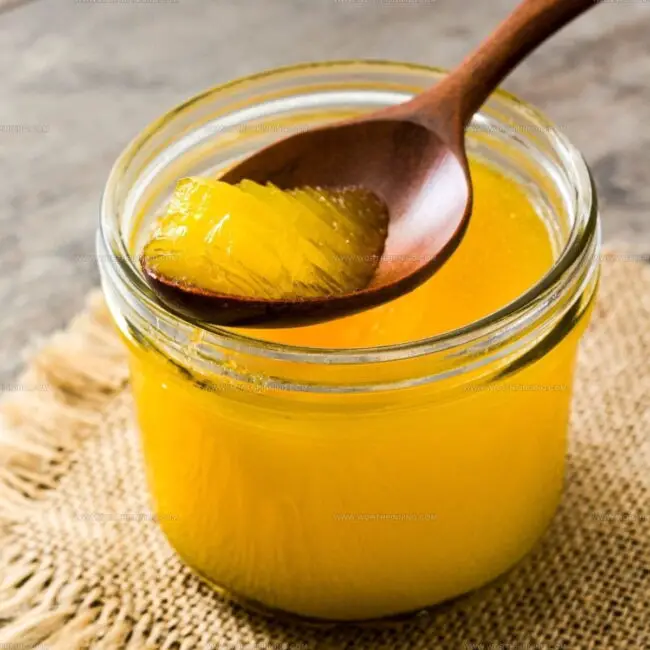

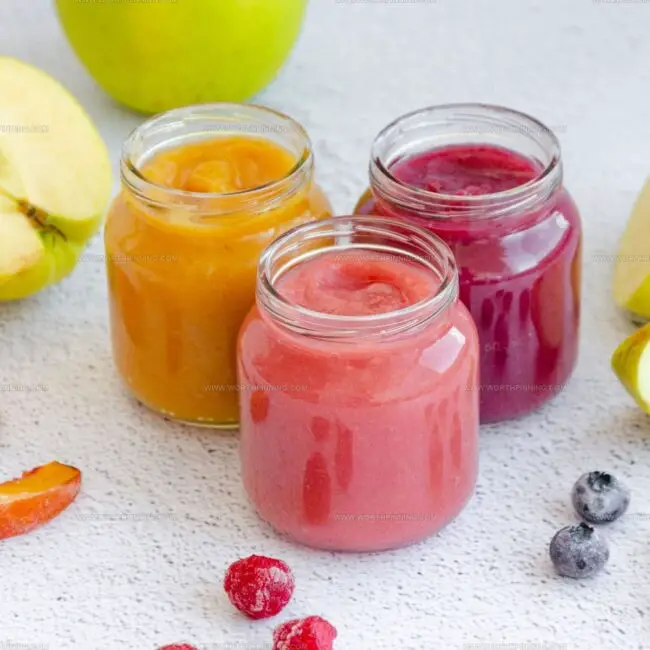

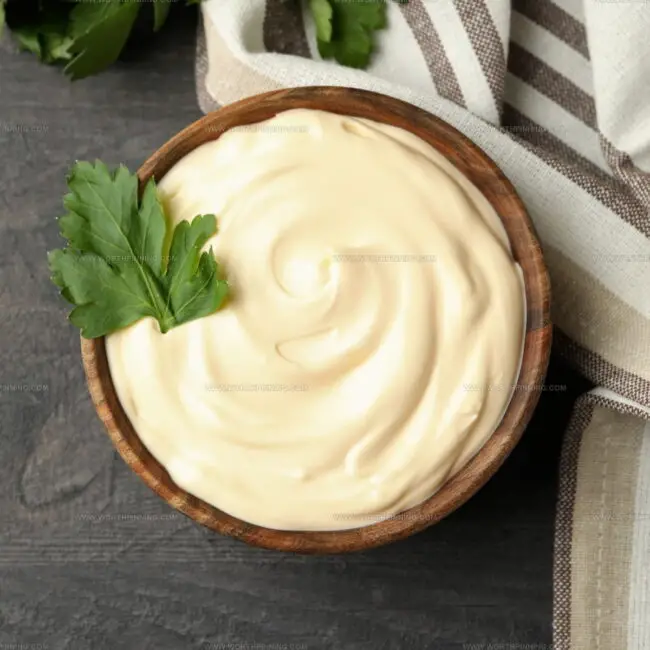
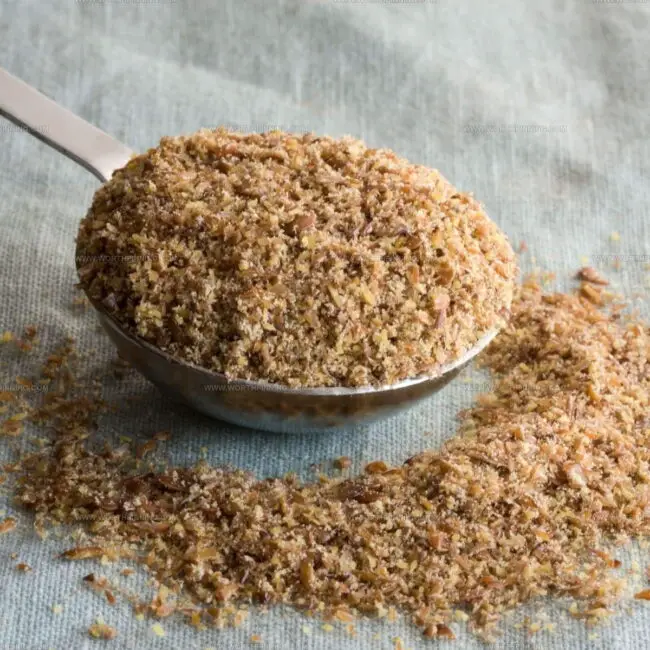
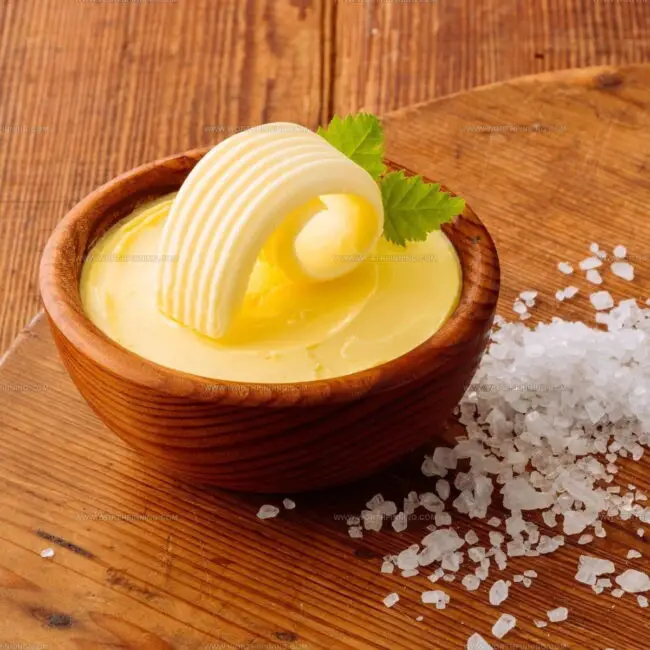
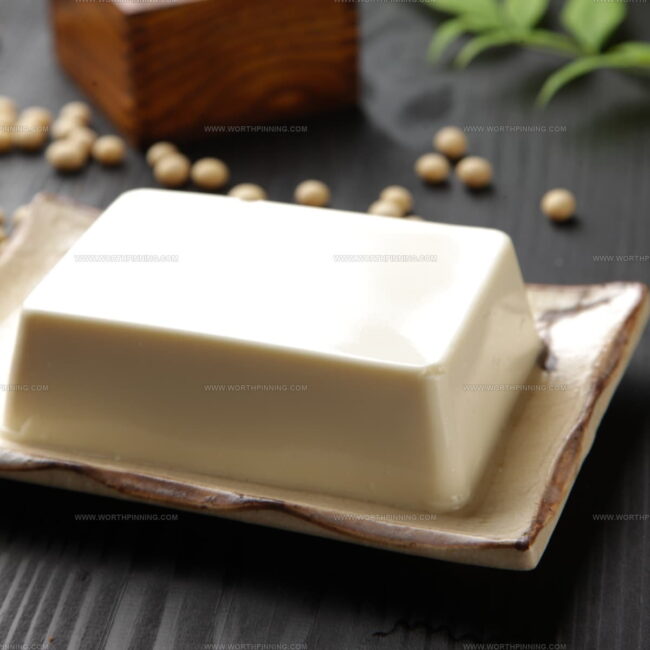

Sophia Rivera
Recipe Developer & Kitchen Tips Specialist
Expertise
Education
Austin Community College
San Antonio Culinary Institute
Sophia’s passion for baking began in her family kitchen, where she spent hours experimenting with new recipes. With a background in baking and pastry arts, she loves making desserts that are as visually stunning as they are delicious.
Sophia is all about using seasonal, locally sourced ingredients to create treats that everyone will enjoy. When she’s not creating mouth-watering desserts, you can find her gardening, making new recipes, or enjoying a relaxing afternoon with her family.